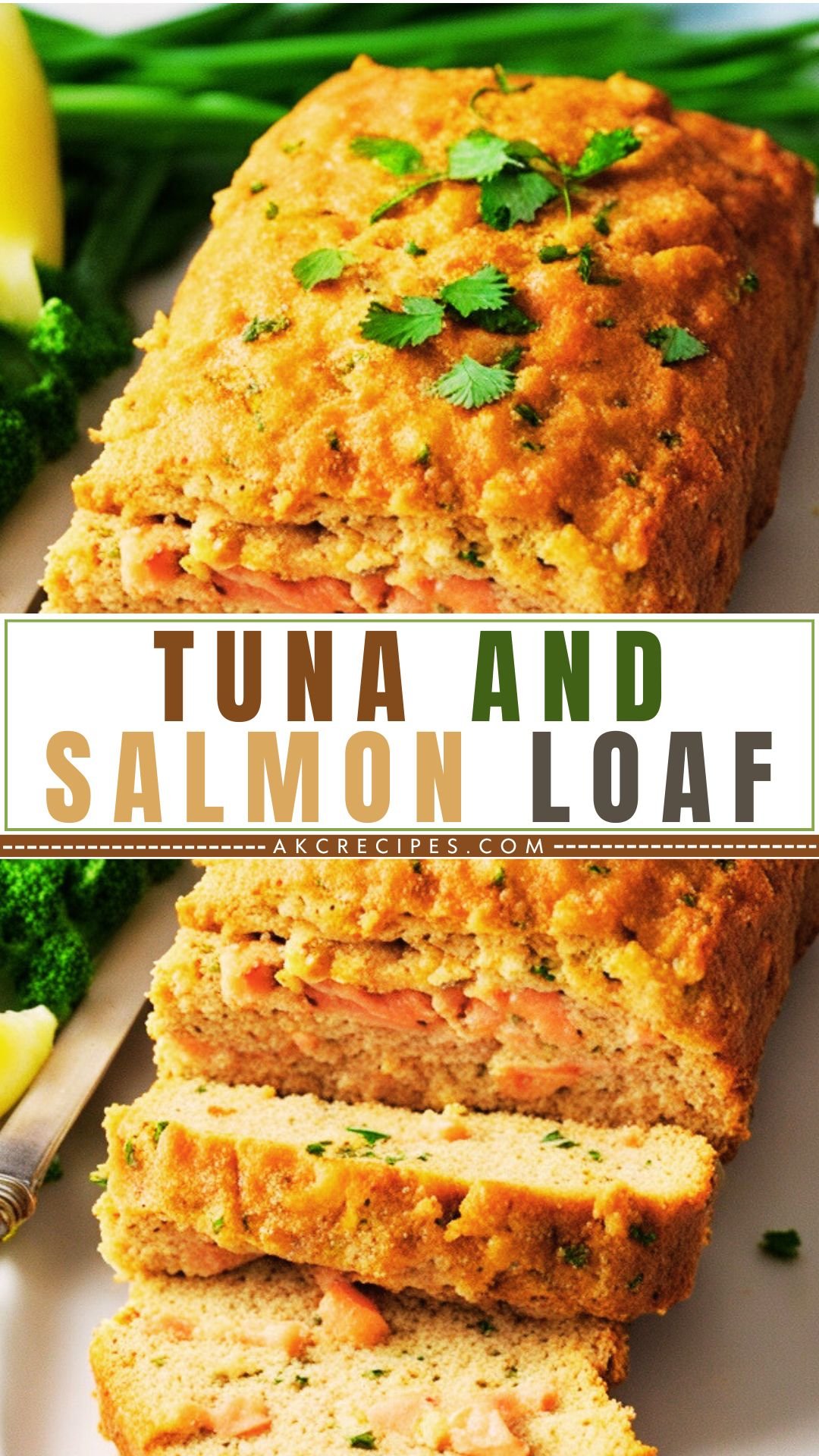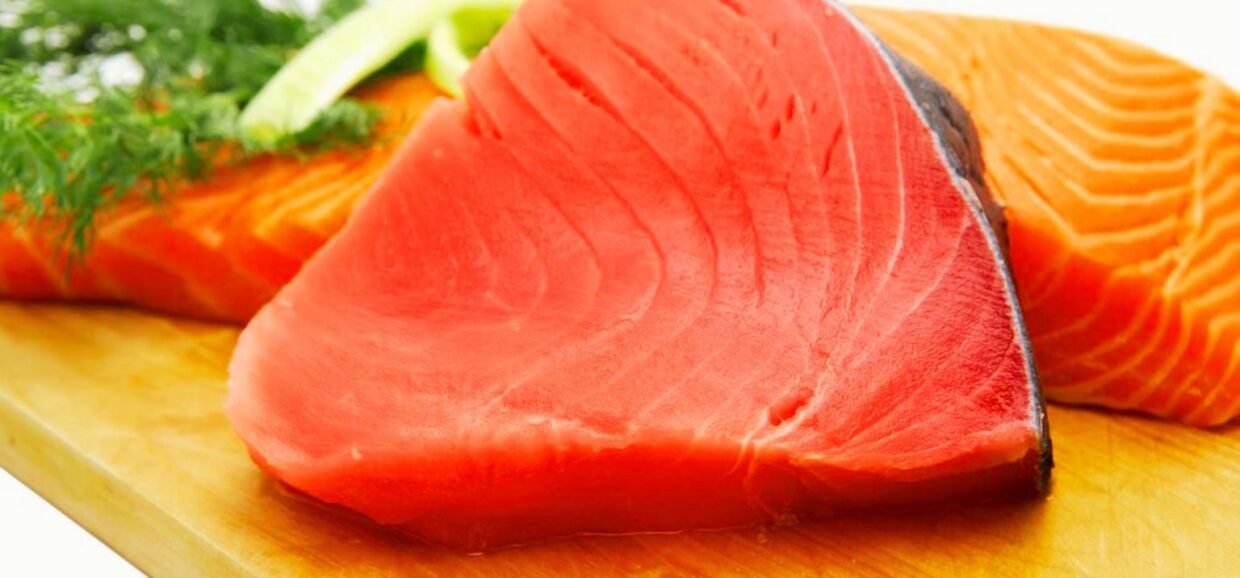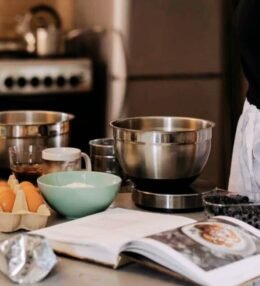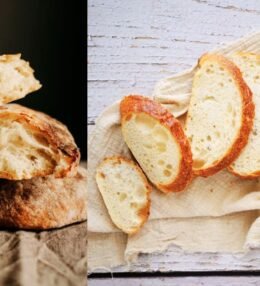Do you want to know if salmon and tuna go together in a bread recipe? If you love seafood and want something new and healthy to eat, regardless of whether your goal is to increase your protein intake or you just want to try new things in the kitchen. We’ll look at how to properly blend salmon and tuna in one loaf in this article. You’ll receive useful advice, detailed directions, and imaginative adaptations that you may attempt at home.
Table of Contents
Traditionally cooked with salmon or tuna, fish loaves are easy to make, very adaptable, and full of heart-healthy omega-3 fatty acids. But what if you combined the two kinds of fish in a single dish? Making this work requires an understanding of the distinct flavors and textures of salmon and tuna.
Nutritional Comparison
When choosing whether to use salmon and tuna together in a recipe, it’s important to know their nutritional values. Omega-3 fatty acids and protein are abundant in both varieties of fish, but their marginally differing nutritional profiles may affect your selection. Combining the heart-healthy lipids of salmon with the lean protein of tuna can result in a dish that is nutritionally balanced and gives the best of both worlds.
- Tuna: Preferred by people trying to gain lean muscle mass or stick to a low-calorie diet due to its high protein and low-fat content.
- Salmon: Conversely, salmon has a higher concentration of heart-healthy fats and omega-3 fatty acids, which are good for the heart and brain.
| Nutrient | Tuna (per 100g) | Salmon (per 100g) |
|---|---|---|
| Protein | 23g | 20g |
| Fat | 1g | 13g |
| Calories | 99 kcal | 208 kcal |
| Omega-3 | 0.2g | 1.5g |
The Tasting Notes of Salmon and Tuna
It’s crucial to comprehend how salmon and tuna behave in the kitchen when creating a recipe for mixed loaves. These qualities can enhance one another when combined to produce a sturdy and tasty loaf. To prevent one fish’s flavor or texture from dominating the other, it’s crucial to balance the ingredients.
- Texture: Tuna maintains its firm, dense texture nicely in a loaf, offering a sturdy framework. Because it is fatter, salmon has a softer, more sensitive texture that gives the meal more moisture and flavor.
- Flavor: Salmon has a deeper, more intense flavor than tuna, which is milder and slightly meaty. A dish must have these flavors balanced to be harmonious.
Combining Recipe for Salmon and Tuna
Want to make your bread seem better? For a different taste sensation, try mixing salmon with tuna.
Adaptations to Customary Recipes:
- To achieve a well-balanced flavor profile, use half salmon and half tuna.
- To accommodate the varying textures of the fish, gently alter the binding components.
Advice for Finding the Optimal Texture and Flavor Balance:
- To make sure that the flavors of the salmon and tuna complement one another, use components like lemon juice and herbs.
- Adding panko breadcrumbs can give your food a lighter, crispier texture, which is important.

Sample Recipe: Loaf of Salmon and Tuna
- Set the oven temperature to 350°F (175°C).
- In a big bowl, combine equal amounts of panko breadcrumbs, eggs, lemon zest, chopped parsley, and canned tuna and salmon.
- Form into a loaf and bake for 30-35 minutes until firm and the top is lightly browned.
- The end product is a tasty, moist, and delightful loaf that embodies the best aspects of both recipes.
Pros and Cons of Mixing Tuna and Salmon in a Loaf
Pros
- Flavor Fusion: Combining tuna and salmon in a loaf creates a delicious and unique flavor. Tuna’s mild taste blends perfectly with the rich, fatty flavor of salmon, making each bite more satisfying.
- Health Benefits: Tuna and salmon both offer great health perks, packed with omega-3 fatty acids and high-quality protein. Mixing them means you get the benefits of both, including essential vitamins like B12, D, and selenium.
Cons
- Contrasting Textures: The textures of tuna and salmon differ; the former is stiffer and the latter is softer and oilier. There are instances when this variation causes the loaf’s texture to vary.
- Overpowering Tastes: The stronger flavor of the salmon may dominate the tuna’s milder flavor, creating an unbalanced dish.
Advice
When to Select a Combined Loaf: If you want to increase nutritional content and culinary complexity, go for a mixed loaf made with salmon and tuna. If you like strong flavors and don’t mind a more variable texture, this is a great option.
Reasons for Selecting It: For people who are willing to try something new or who wish to benefit from both fish’s health properties in one meal, a combination loaf is ideal.
You can make delicious and nutritious bread by carefully balancing the components.








